As I narrowed my ideas down to choose my Upcycle Project, I wanted to design and build an object that I could use in my shop every day and that could be made from scrap metal that would usually be recycled. For a while, I thought of the potential tools that I would be using in the future towards a large-scale race car project of mine. Eventually, I began to think of my Lancaster metal shrinker stretcher and the ways that I could improve the functionality of this tool. A shrinker stretcher is a simple machine used by many sheet metal workers to form compound curves and shape thin metal. In the past, I was able to use this tool by clamping the base of the tool in a bench vise to hold it steady while I worked the sheet metal into the desired form. This process was cumbersome as I often had to lean over my workbench to reach the lever on the shrinker stretcher while holding the sheet metal component steady. Another disadvantage of this method was that the bench vise and workbench would often get in the way when I would work larger sheet metal patterns.
My Upcycle Project will involve designing a portable stand for my metal shrinker stretcher that will allow me to more easily use this tool to form sheet metal. The stand will be constructed mainly from steel with the possibility of some aluminum components. In order to stay true to the upcycling theme of this project, I will be constructing my stand from scrap cutoffs of metal tubing from steel suppliers and left over material in the ITLL machine shop.
Additionally, I am designing this stand around a utilitarian aesthetic which focuses more on the functional aspects of a project rather than the form. This aesthetic is often characterized by simplicity rather than ornamentation which does not contribute to the purpose of the project.
Shown below is an of a pre-existing stand that is available on the market manufactured by Mittler Brothers that I will use as inspiration for my design. This stand allows for operation of the shrinker stretcher using foot pedals. However, I prefer to use the original hand lever on the tool rather than a foot pedal to operate the jaws. In addition, most stands that are commercially available mount an independent shrinker and stretcher whereas I will only have a single tool on my design which I will be able to easily change the jaws based on whether I am trying to shrink or stretch my sheet metal.
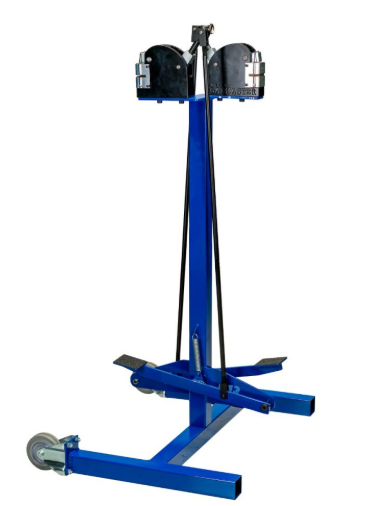
Shown below is an example of a shrinker and stretcher mounted to a bench vise. Unfortunately, the mounting location of the tooling impedes the ability of the operator to feed large sheet metal panels into the jaws without running the panel into the workbench or bench vise.
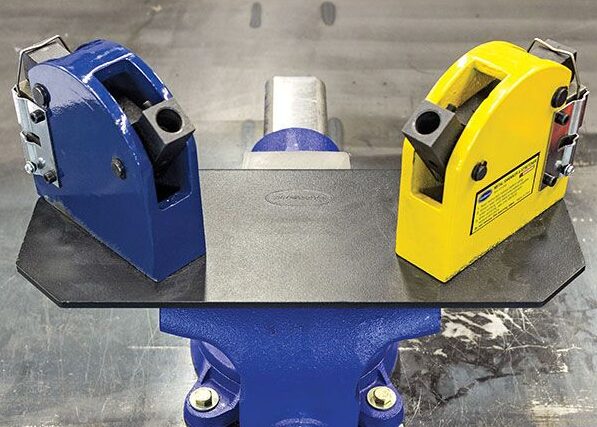
The image shown below illustrates a commercially available design of a stand that still allows for operation of a hand lever instead of a foot pedal. This design will serve as inspiration for my design.
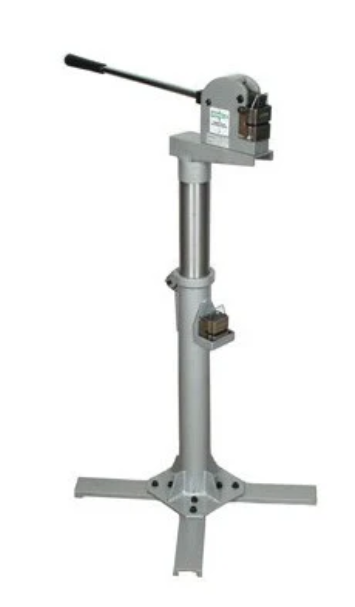
The image below shows some of the compound bends that a shrinker stretcher can be used to create. A well-engineered stand should be low profile as part of the utilitarian aesthetic so that it does not interfere with feeding sheet metal into the jaws of the tool.
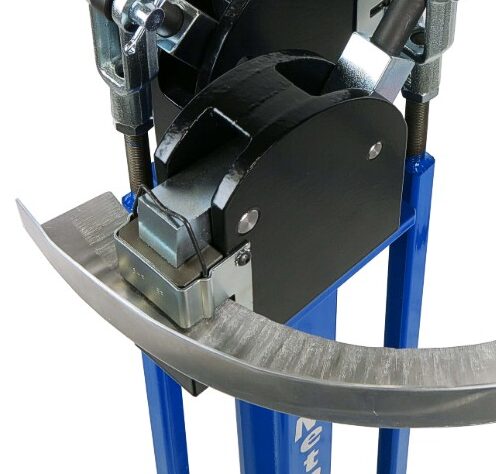
Cited Images:
Image 1: “Shrinker / Stretcher W/ Foot Operation Stand.” Mittler Bros Machine & Tool, www.mittlerbros.com/shrinker-stretcher-w-foot-operation-stand.html. Accessed 29 Jan. 2025.
Image 2: Mike, et al. “Eastwood Shrinker Stretcher Base Plate.” Auto Body Repair Tools Shop – Auto Body Supplies – Classic Car Restoration, 8 May 2020, www.eastwood.com/shrinker-stretcher-base-plate.html.
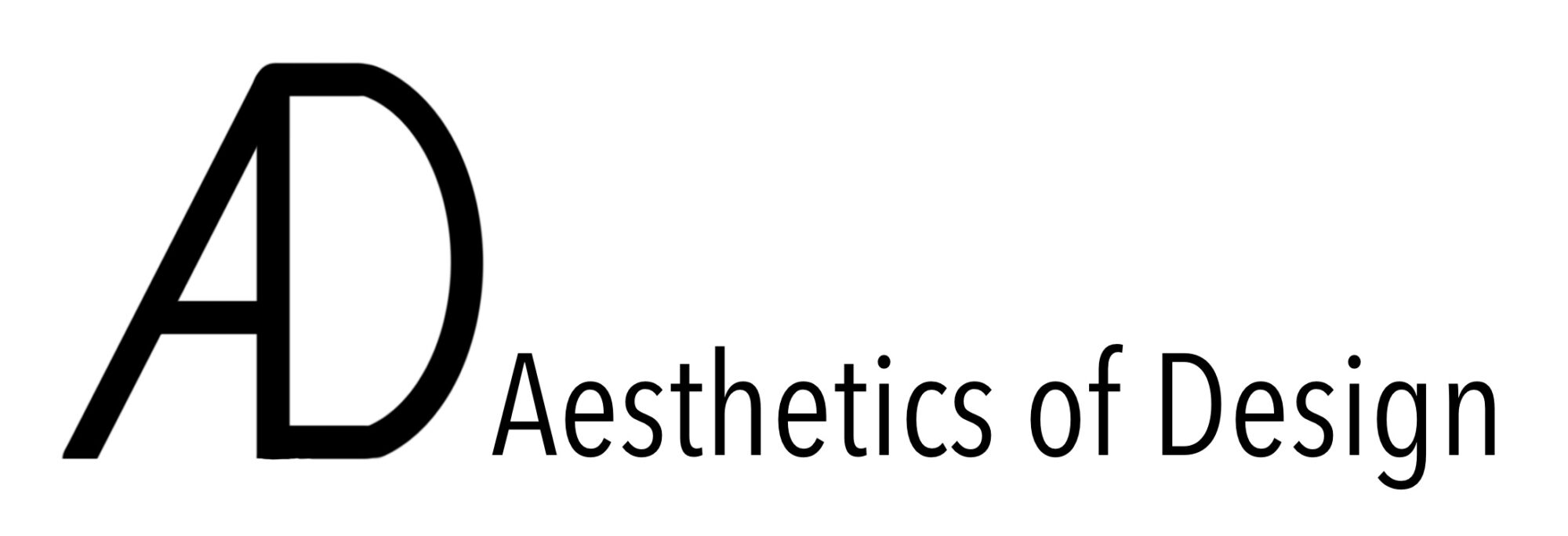
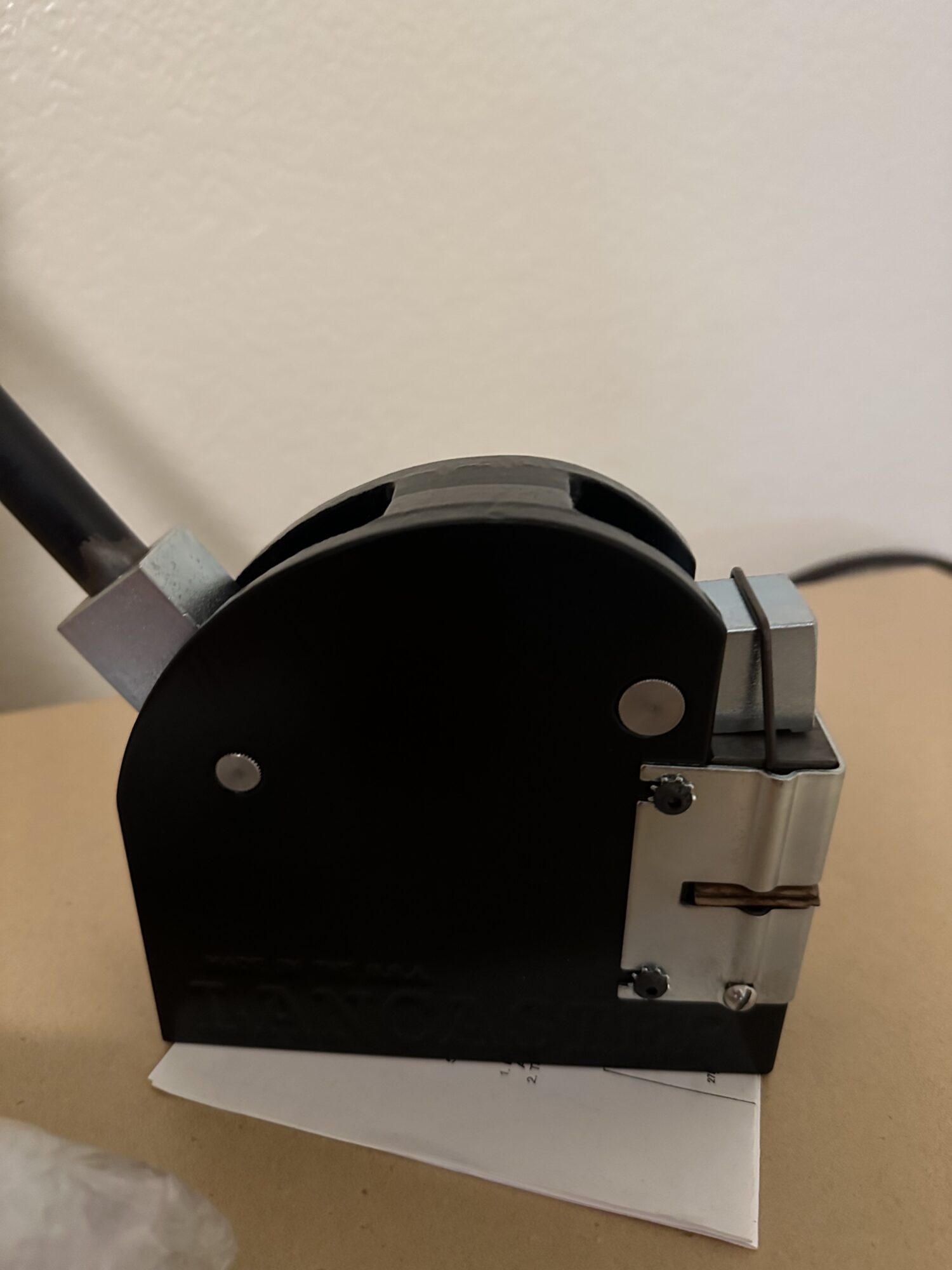
2 Comments. Leave new
I really like the thought process behind your project. Designing a stand to improve the functionality of a tool you already use daily is a smart way to approach upcycling, especially when you’re working with scrap metal that would otherwise go to waste. The utilitarian aesthetic makes a lot of sense for this type of project by prioritizing function over unnecessary design elements will ensure that the stand stays efficient and doesn’t introduce new obstacles while working with larger sheet metal pieces.
Your approach to maintaining the hand lever rather than integrating a foot pedal is an interesting design choice. I can see how keeping the original operation method would maintain a more direct, controlled feel, especially if that’s what you’re already used to.
Looking forward to seeing how this turns out!
I greatly enjoyed reading your comments. I figured that the use of discarded scrap metal as a material for this project would be a great way to find new purposes for materials that would otherwise likely be thrown away. I decided to design this project around a utilitarian aesthetic as machine tools are generally purpose built for their application and above all must be functional.
The original hand lever is a very simple design that I am used to and a nice feature. However, I do see the appeal to the use of a foot pedal to actuate the machine. The foot pedal allows for the operator to have both hands on the sheet metal to allow for more control when working the metal into shape. I will look into the possibility of this machine to have both forms of operation as I dive further into the design.
Thank you for the comments!